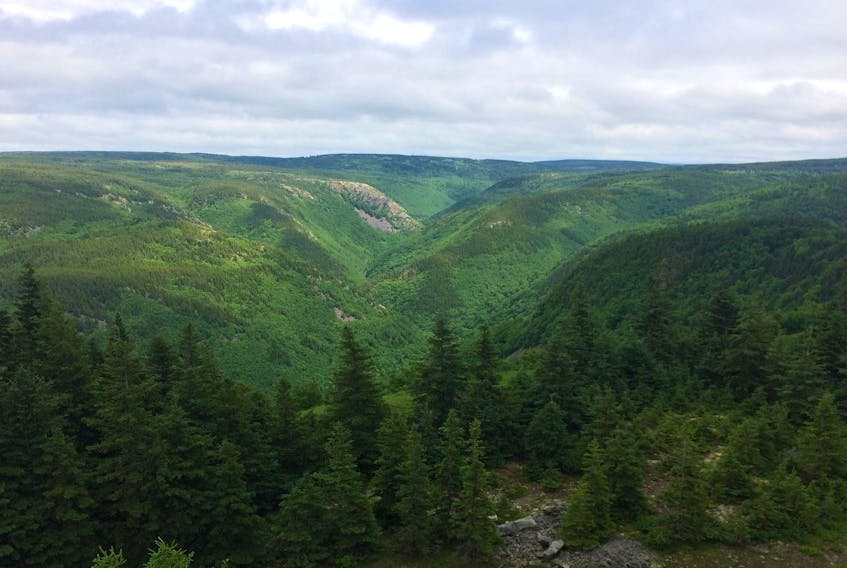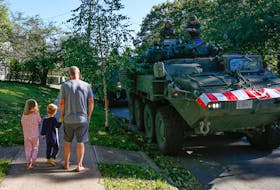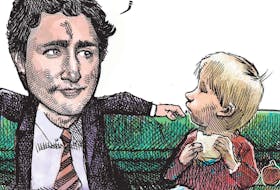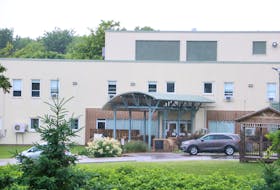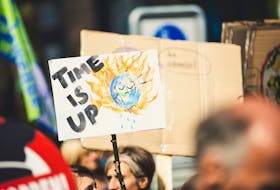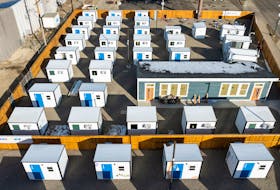Where, do you think, is the most intact forest on Earth? Your mind might take you to the solid green canopy of the Amazon Rainforest or perhaps to the Congo, places being undervalued into oblivion but which are still, mercifully, vast, possessing of remoteness it seems can only be found in a good book these days. The world’s most intact forest, however, is much closer to home. In fact you’ve probably walked through it, blissfully unaware of its global significance.
The Boreal Forest, depending on where you draw its borders, covers something like 60 per cent of Canada, dominated by spruce, aspen, larch and pine. It stretches from Alaska on our western border into Newfoundland to the east, and houses the majority of the species which define Canadian wilderness, such as bear, moose, wolf and caribou. This kingdom of evergreens is sometimes called the Songbird Nursery of North America, where one-to-three billion migratory species build their nests each year.
Besides these more classic arguments for its importance, the Boreal, in all its shapes and forms, holds beneath it a sum of sequestered carbon equivalent to 20 per cent of what’s already in the atmosphere. As if that weren’t enough, it’s sequestering more all the time, soaking up the culprits of climate change and locking them away in ancient soils.
The Maritimes resides in the so-called “Acadian Forest,” which is the transition zone between the northern Boreal and ecosystems more southerly. We live in a blend of biomes to which the Boreal contributes heavily, but pure Boreal can still be found here at greater altitude, such as among the Cape Breton Highlands.
The importance of intact ecosystems is difficult to overstate. Their ability to absorb and hold carbon makes them a potent tool against climate change, and their age and functionality make them hotspots of biodiversity, which mitigate mass extinction. According to a very enlightening, and at times depressing paper published in the journal Nature this October, a mere five countries contain more than 70 per cent of the planet’s remaining intact wilderness, and second on that list, by virtue of the Boreal, is Canada, ranking us among the most important players in global conservation.
And how are we as Canadians handling this lofty responsibility? In order to find out I shared company with Dan Kraus, senior conservation biologist with the Nature Conservancy of Canada (NCC), national office. Among other things, he’s a Boreal crusader.
He said the Boreal exists in two halves — the north, which, for the most part, has only known the light touch of our indigenous peoples, and the south, where the majority of Canadians live and the forests are anything but pristine, fragmented by roads, felled for lumber or agriculture, or opened for the sake of mining.
“As you go farther and farther north,” he said, “you really get into some of the last wilderness left on the planet.”
The northern half is intact by default, mind you, not design. Our industries have been kept busy by the abundance of the south, but as that well’s run dry in recent decades our efforts have begun to track north, said Kraus. In his words, “we’re getting to the point where we have to seriously consider how much [of the Boreal] we want to keep.”
This is, of course, the ultimate question - how much must we protect in order to maintain the ecosystem integrity of the Boreal, to maintain our national biodiversity, to satisfy our hunger for wild spaces, to combat climate change and, more poetically, to look our descendants in the eye. By international agreement Canada is obligated to protect 17 per cent of our lands and inland waters by 2020, much of which will need to encompass the Boreal. Quebec and Ontario have both committed to protecting 50 per cent of the Boreal within their borders, but progress on these promises has been slow and some governments are more committed than others. 50 per cent is on everyone’s lips as an overall, sustainable goal, provided that 50 per cent is connected, wisely chosen and not surrounded by unbridled destruction. Given the global significance of the Boreal, and the amount we’ve already damaged, it seems to me we should save as much as we possibly can ... half or more.
Unlike the destruction of equatorial rainforests, we Canadians have a very real and direct say in the fate of the Boreal. Contacting political representatives is a start, but recognizing the importance of the Boreal and engaging with the relevant charities seems to me a suitable long-game. The NCC, for example, is busy buying privately owned portions of the Boreal throughout Canada and protecting them forever. As well they’re buying mineral and logging rights away from companies and communities on public land, enabling government to establish national and provincial parks, as happened recently in Birch River, Alberta.
“The main thing Canadians can do is recognize that we have this incredible endowment of global wilderness which few other countries will ever have,” said Kraus. “I can’t help but think that, if we can’t do this in Canada, it can’t be done anywhere else in the world.”
Zack Metcalfe is a freelance conservation journalist, author and writer based in the Maritimes.

